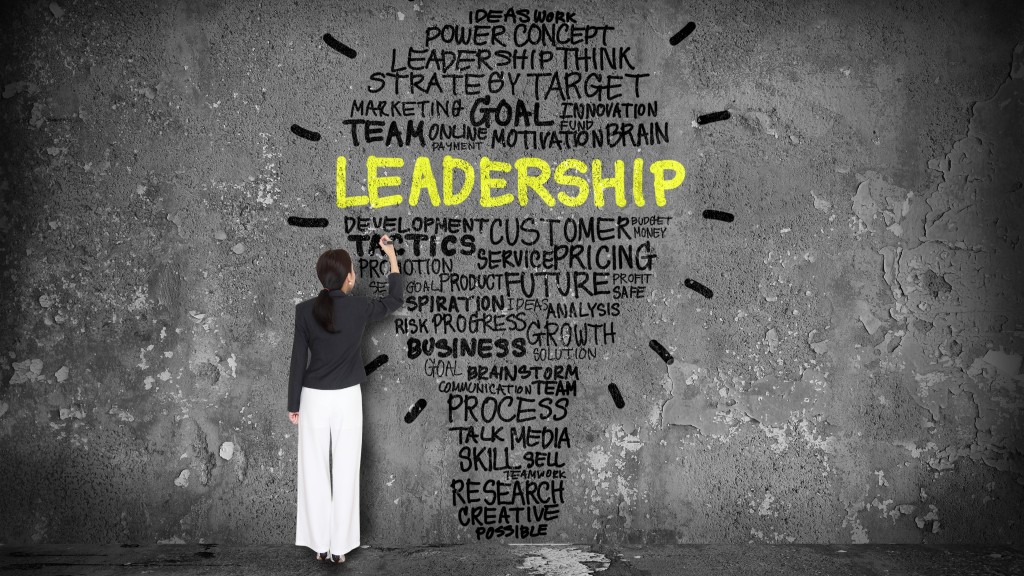
© Tweeter Linder 2024 – All rights reserved—photo by iStock.
Effective thought leadership around disruptive technologies is less about what it is and more about answering multiple fundamental questions. Enjoy this post on how you transform your technical thought leadership beyond the upslope of the hype cycle.
What is new: Technology Thought Leadership has pivoted from what it is to why and how it makes a difference.
Why it matters: For new technologies, it is easy to fall in love with what they are and reverse engineer yourself into trends and problems where you can apply your new technology.
📈 Rising along the hype curve: New technologies tend to over-gravitate toward technology and Leadership on the upslope of the hype curve. In this phase, deep explanations of how the technology works and communication to demonstrate Leadership in performance measures dominate.
This approach generates industry buzz, especially when combined with broad-brush market trends. But much hard work remains before you can claim Technology Thought Leadership.

🕯 Classic what stories: Initial stories about what the technology is all about serve to establish awareness of the emerging technology and your role as an inspiring provider.
Any leadership claims at this stage rely on comprehensive technology definitions, which allow you to claim Leadership for niches with measurable parameters. Many small progress steps will enable you to promote multiple milestone announcements.

❓ From what to why: A big competitor for new technologies to beat is the status quo. Answering WHY a new technology is needed is non-trivial, especially as you look for arguments about why customers should buy rather than confirming your Leadership.
In the why category, you find questions addressing:
- customer problems and opportunities the new technology addresses
- why it is better than existing options: status quo or alternative technologies
- expected business outcomes when adopting the new technology
The center of messaging gravity shifts when you answer why questions.
It becomes less about your bragging rights on speeds and feeds and more about arguments to support buying decisions.

📆 From what to when: Technology leadership on the upslope of the hype cycle is very much about being first with something. First claims coupled with technology proof-of-concepts and early demonstrations.
More valuable messages are about when to expect to reach certain maturity milestones:
- all ecosystem players identified
- minimum-viable products deployed in a real-life scenario
- lead customers committed to deploy
- possible to scale to early adopters with predictable outcomes
As you penetrate when-questions, you refine the journey that will be your baseline.

🧮 From what to how much: An essential job is quantifying the market potential. On the upslope of the hype curve, this is often in the form of top-down calculations for a broad market, resulting in 100s of millions or billion dollar estimates.
As you evolve, you and your customers need
- granular market segmentation
- The nature of the revenue growth or savings your technology enables
- market sizing and revenue estimates per segment
These estimations are crucial to guide your investments and customers’ budget planning.

✅ From what to how: The final part of your technology thought leadership journey addresses how customers can use your new technology.
The questions you want to nail here are
- outline road-maps for technology introduction by customers
- your new offerings using the new technology
- risk management strategies
In the most valuable forms of thought leadership, you guide your customer in taking advantage of the technology for the best possible outcomes. At this stage, it needs to be less about you and confirming your leadership in developing the technology and more about guiding your customers towards excellent business outcomes.
The bottom line is: Don’t stop your technology thought leadership aspirations with your technology, how it works, and your performance numbers. Address why, when, how much, and how for maximum impact.
Additional reading suggestions
- Thought Leadership in Tech: Effectively sharing your vision [ARTICLE] – by Susan Thomas, Forbes
- Thought leadership in tech: how to make sure your voice gets heard [ARTICLE] – by Susan Thomas, Forbes
- Rule number one of tech thought Leadership: don’t mention technology [ARTICLE] – by James Watson, Financial Times
- Thought Leadership in technology – advantages and challenges [ARTICLE] – by Brown Davis MyTechMag
- Strengthen your technology thought leadership image with this 5-step strategy [BLOGPOST] – by Mikko Nurmimaki , GripAgency


